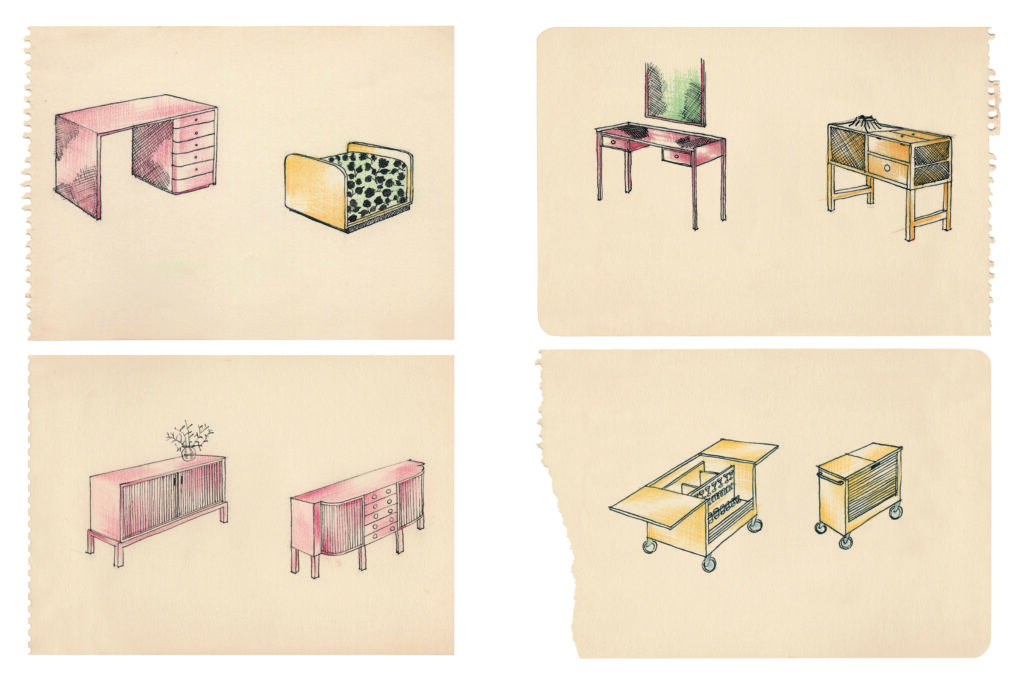
The July 1961 issue of Playboy Magazine has long been a benchmark in the history of American design. It featured an article titled “Designs for Living,” where six of America’s superstar designers gathered for a historical photo, each seated in his own quintessential chair. Those chairs were accessories sought after by the stylish young generation during the Age of Mad Men. With their image and careers, the six represented the ethos of American style and were perceived as ‘American,’ as they were either born or grew up here, with one exception—Jens Risom (1916-2016). The Danish-American architect, the youngest of the group, was born in Copenhagen, educated at the Copenhagen School of Industrial Arts and Design, and started his career as an architect and furniture designer in Stockholm before moving to New York at the age of 23. Rison is credited for introducing Scandinavian design to America, and during his long and productive career as a furniture designer, always promoted the Scandinavian look. Now, a first monograph on the life and work of Jen Risom, published by Phaidon, sheds light on his oeuvre.
Perhaps he was not as prolific as George Nelson; as famous as Charles Eames; as radical as Harry Bertoia; as heroic as Earo Saarinen; and not as American as Edward Wormley; but Jen Rison has something that the others did not. While they created furniture that was radical, stylish, and glamorous, crafting the mid-century style which was regularly featured on the pages of pictorial LIFE Magazine, Risom created furniture that everyone could live with—furniture that helped shift American taste from the heavy antiques into new contemporary. His furniture was never radical, but it has a familiar quality that caused Americans to think about the power of simplicity to enhance one’s lifestyle.
Risom opened his studio in New York in 1941. His first commission was a collection of furniture for Georg Jensen, promoted by the silversmith brand as ‘a cosmopolitan finesse that makes them adaptable to almost any surroundings.’ Meeting German immigrant Hans Knoll was the turning point. He came from a family of furniture manufacturers and emigrated to America just two years earlier than Rison, determined to change the landscape of American furniture design. The two collaborated, until Knoll met his future wife and partner, the ambitious Florence Schust who, in her quest to produce the avant-garde, disapproved of the Danish look that Risom contributed to the company, putting an end to this collaboration.
He founded his eponymous firm in 1946, and at the height of his career, national publications reviewed his collections. New York Times Magazine ran full-page advertisements for Risom’s new pieces, shot by the celebrated fashion photographer Richard Avedon. Risom had a gleaming Midtown Manhattan showroom and went on to buy factories where he could manufacture his furniture and fabrics with complete autonomy, from the shape of the wood pieces to the finish of its upholstery. One of the highlights of his career was certainly when President Lyndon B. Johnson signed memorable legislation, including the 1964 Civil Rights Act, while sitting in a Risom chair.
Today, thanks to Form Portfolios, a Providence-based company, which seeks to preserve, protect, and promote design through matchmaking with furniture firms, and to breathe new life into legends of such designs as Risom, his legacy lives in the shops of Design within Reach. The company’s founder, Mark Marciello, met Risom where the two spent summers on Block Island, and he acquired the design rights, allowing him to promote and protect his work. The book is an initiative of Form Portfolio, and it follows the life story of Risom from his childhood in Denmark to the later years of his life, when his achievements were universally recognized with exhibitions, awards, and productions, just as he was celebrating his 100th birthday. It is highly recommended for any library of design books.
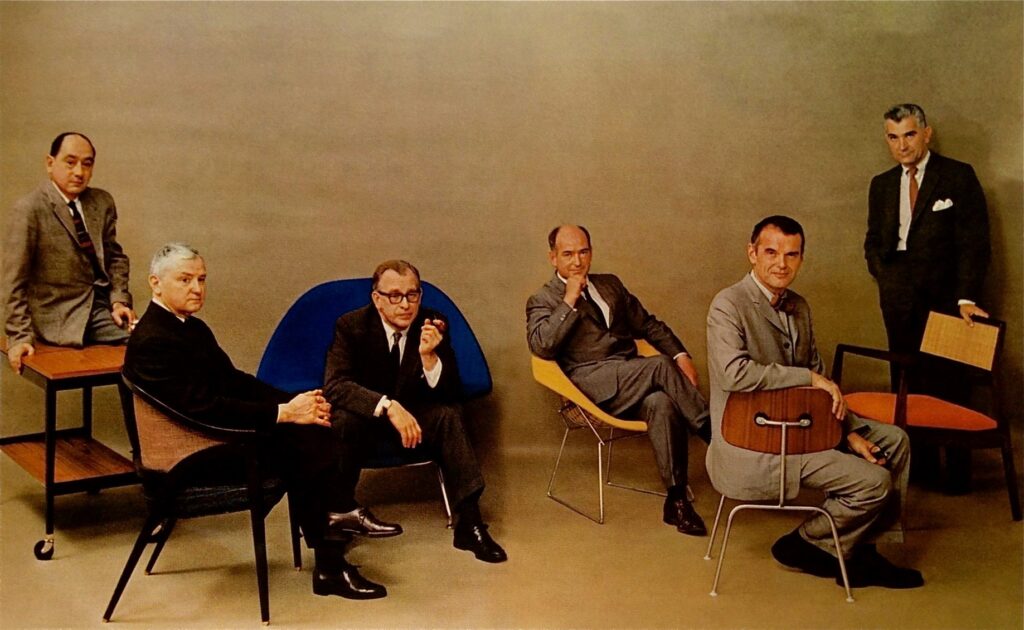
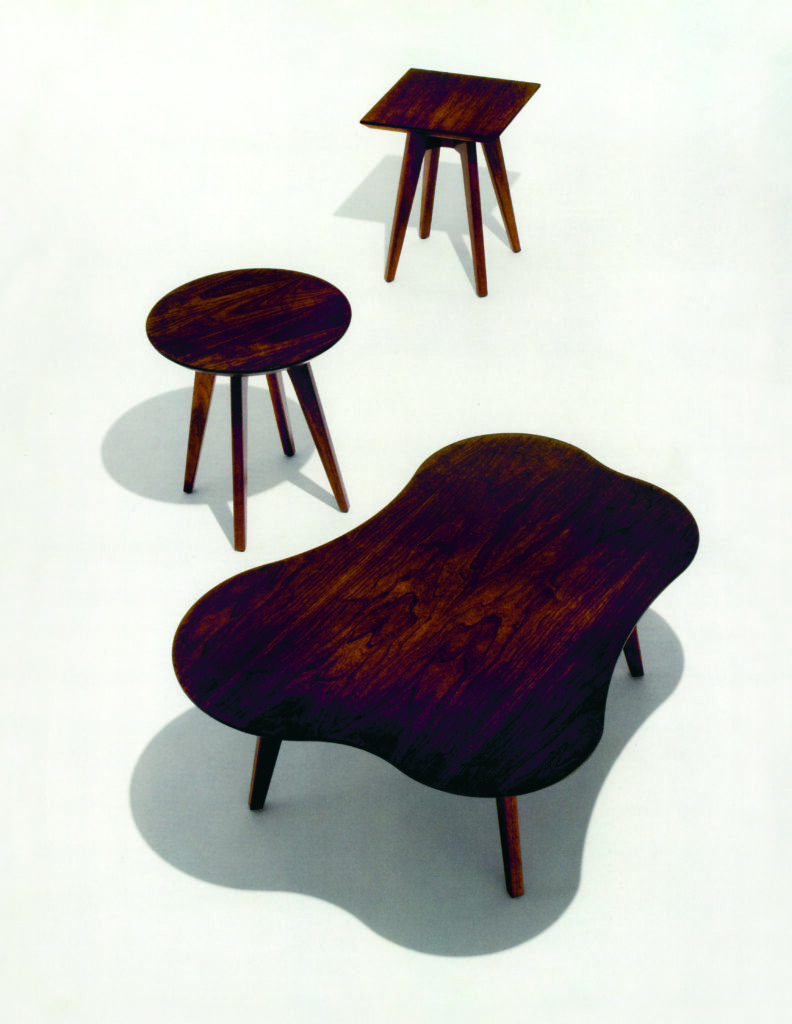


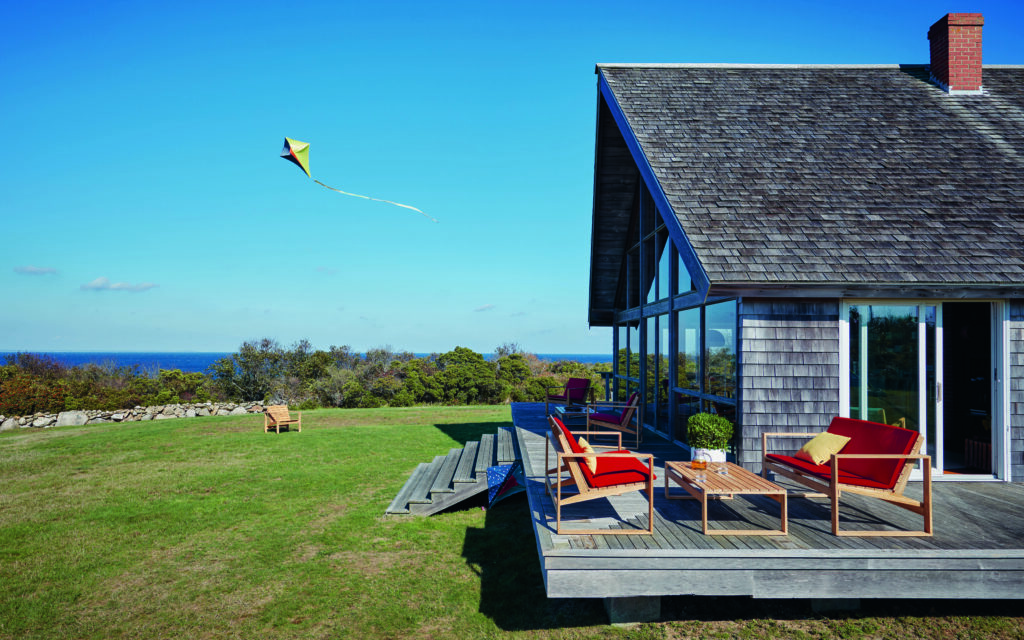
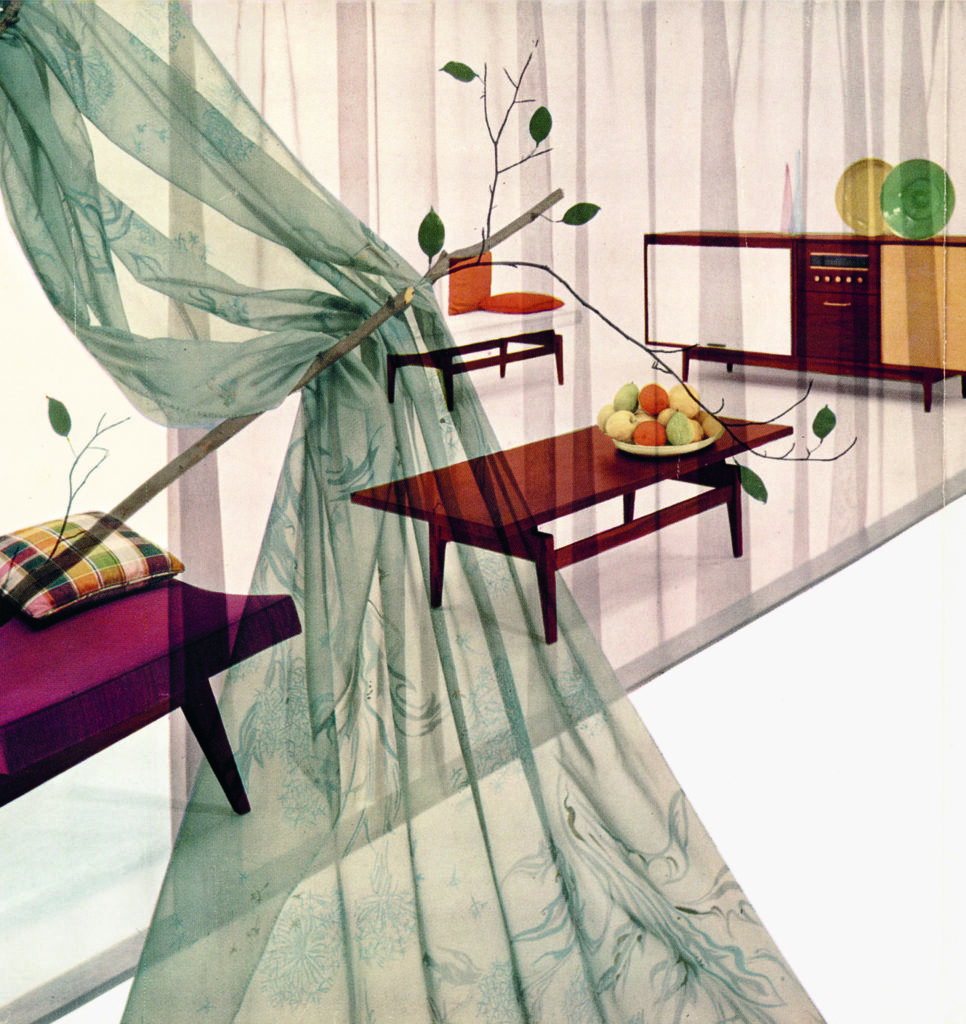
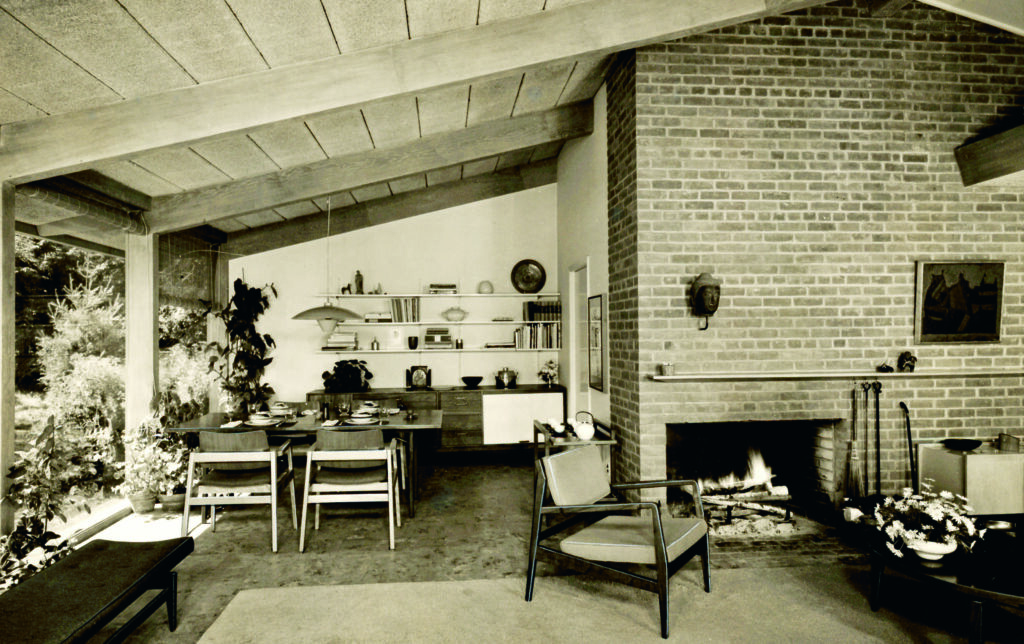
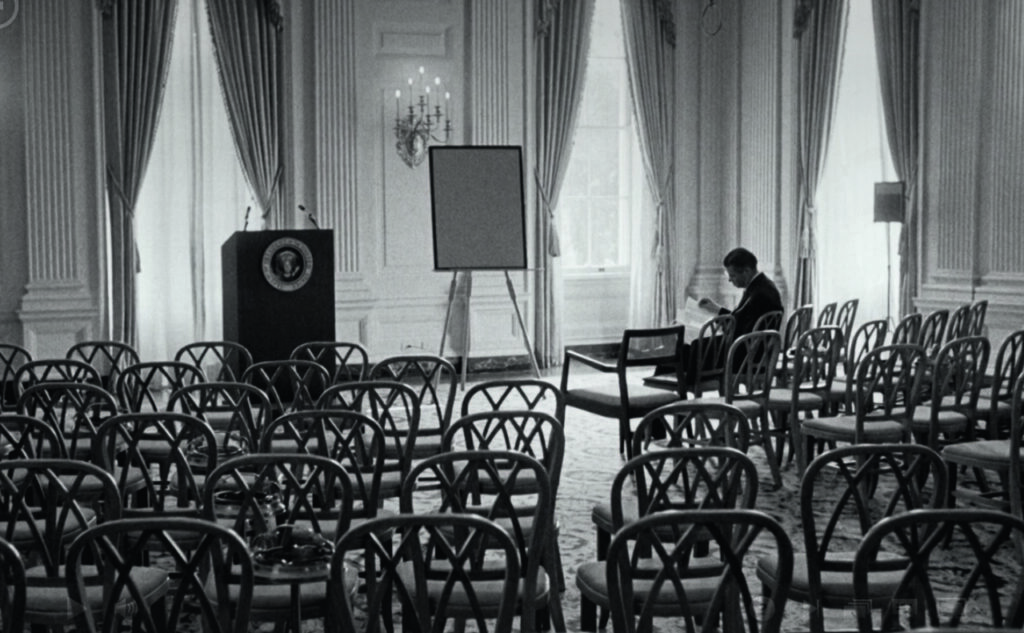
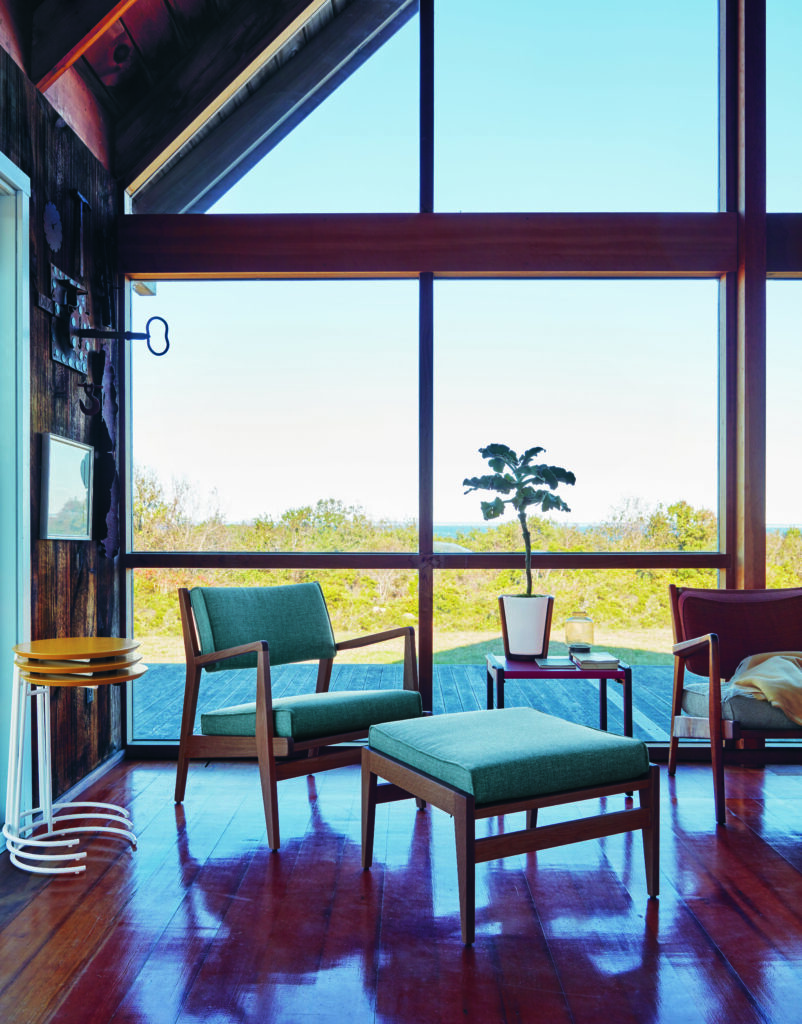
Living area, Block Island house, New England, from Interior Design magazine, 2019. (page 169) Picture credit: Photograph by Alexandre Georges, courtesy of Interior Design magazine.
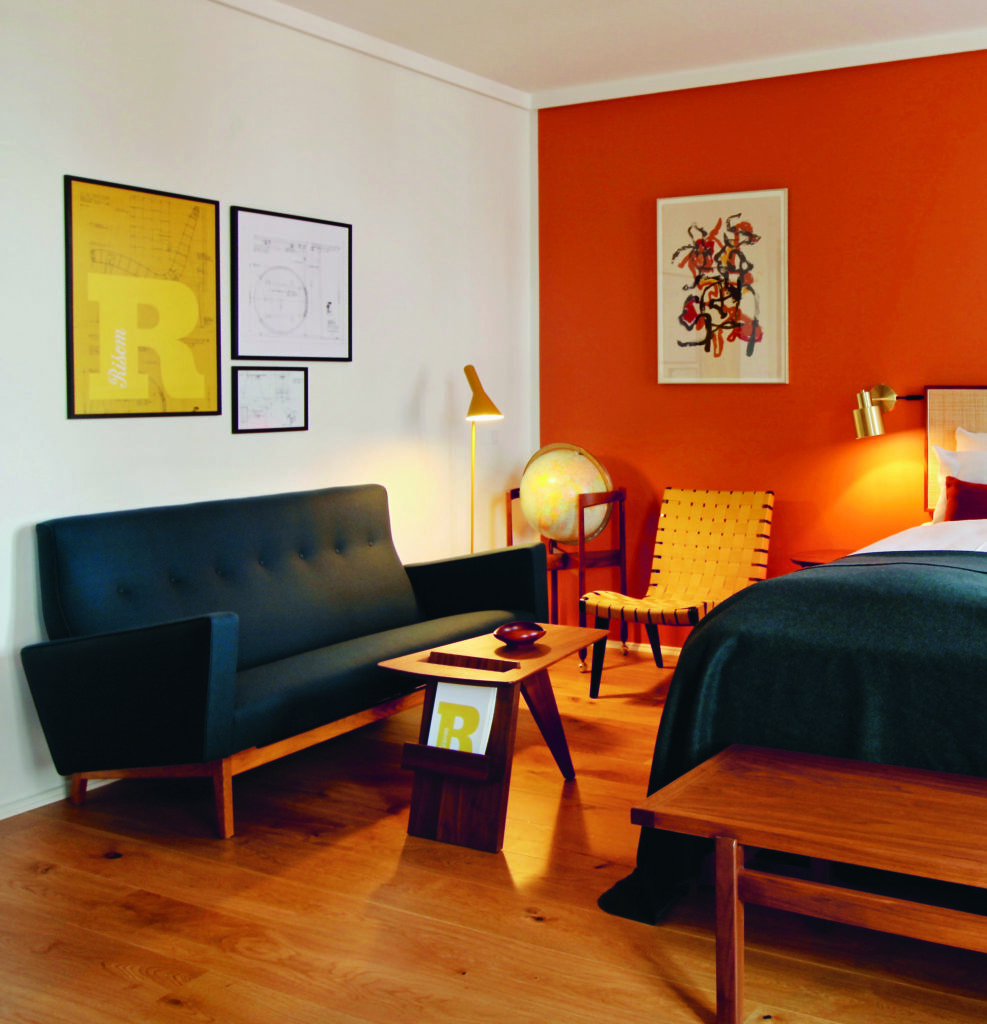
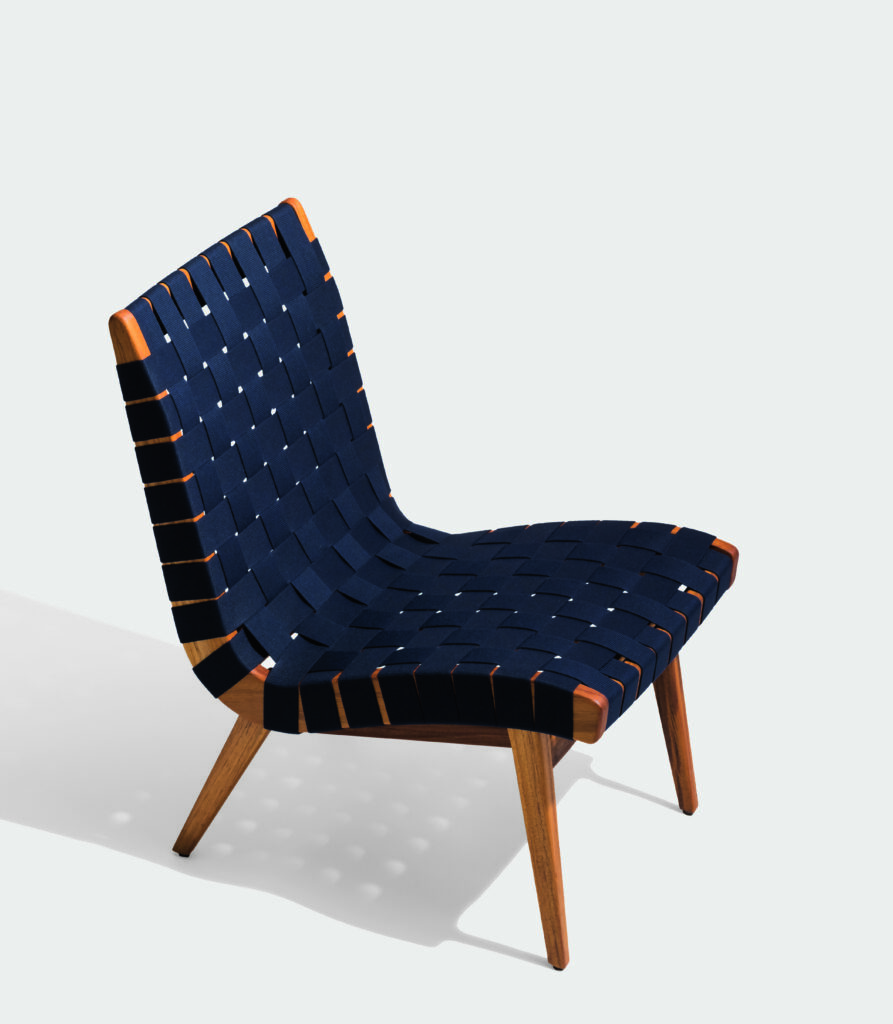
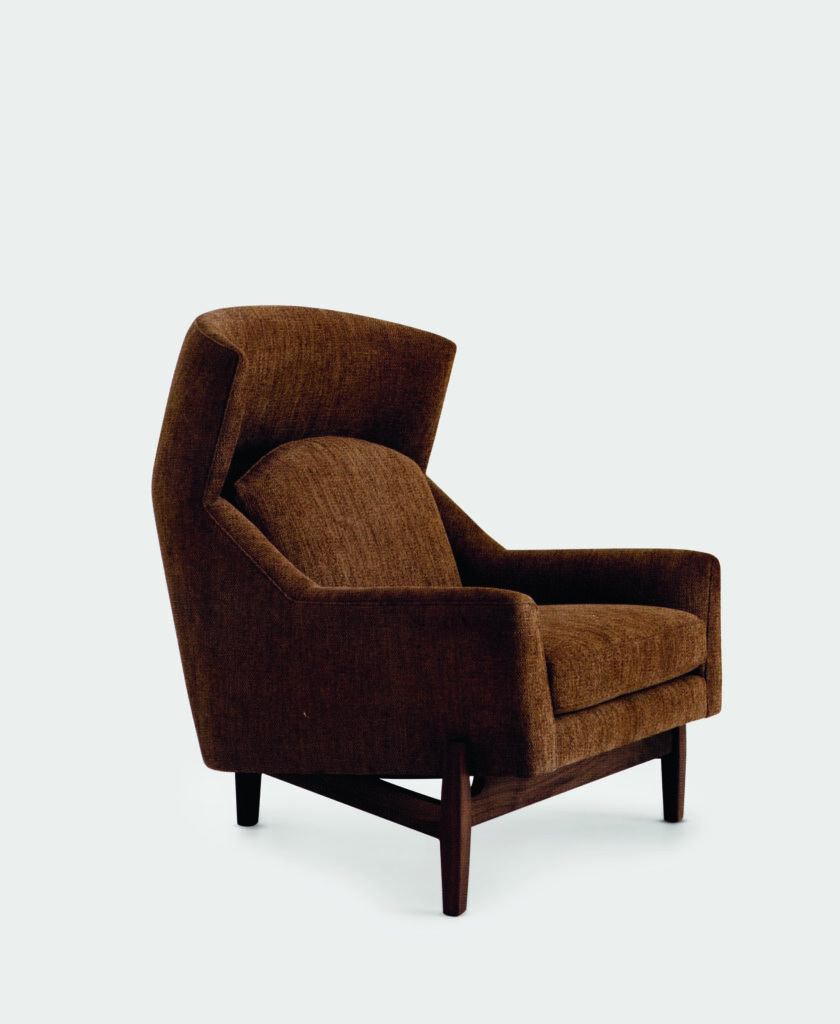
Jens Risom Design (1961–75), Ralph Pucci (2007–present).


Thank you Daniella for this great article and photos on Jens Risom. He and his wife Henny were actually dear friends of ours. Jens was a charming and amazing man that is greatly missed… What a talent to the end!